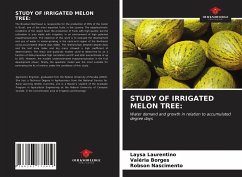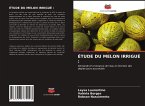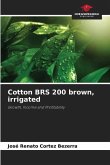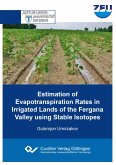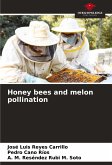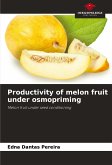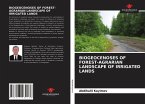The Brazilian Northeast is responsible for the production of 95% of the melon in Brazil, one of the most exported fruits in the country. The edaphoclimatic conditions of the region favor the production of fruits with high quality, but the cultivation is only viable with irrigation, in an environment of high potential evapotranspiration. The objective of this work is to evaluate the development and use of water in melon-growing in the semi-arid region of the Northeast using accumulated degree days (ADG). The relationships between degree days and the leaf area index and dry mass showed a high coefficient of determination. The linear and quadratic models used to determine Kc as a function of GDA presented high correlation and R² and total overestimate of up to 16%. However, the models underestimated evapotranspiration in the fruit development phase. Finally, the quadratic model was the most suitable for estimating the Kc of melons under the conditions of this study.
Bitte wählen Sie Ihr Anliegen aus.
Rechnungen
Retourenschein anfordern
Bestellstatus
Storno

